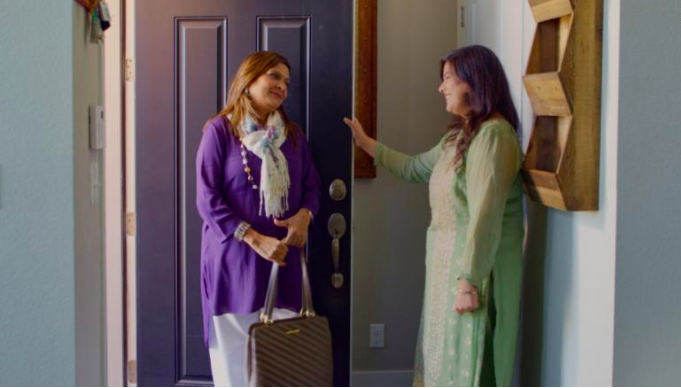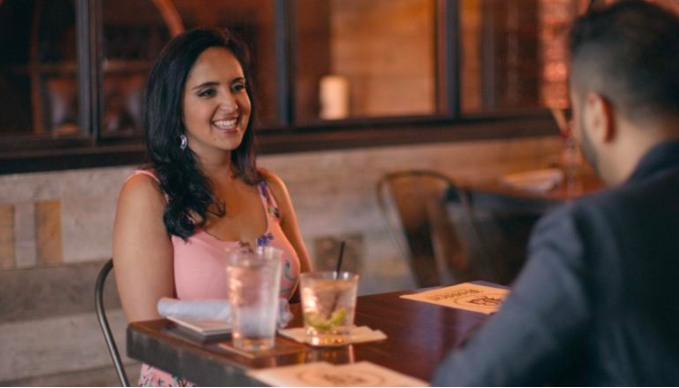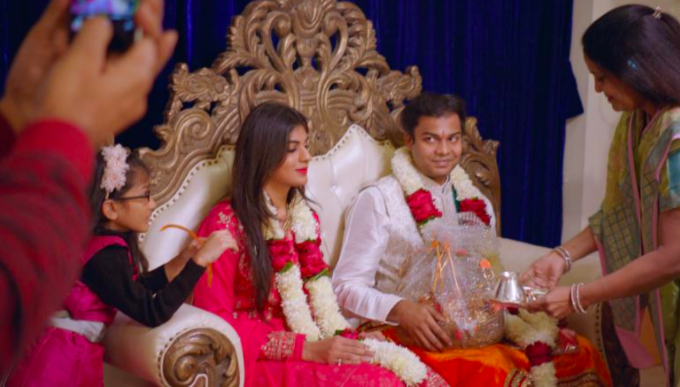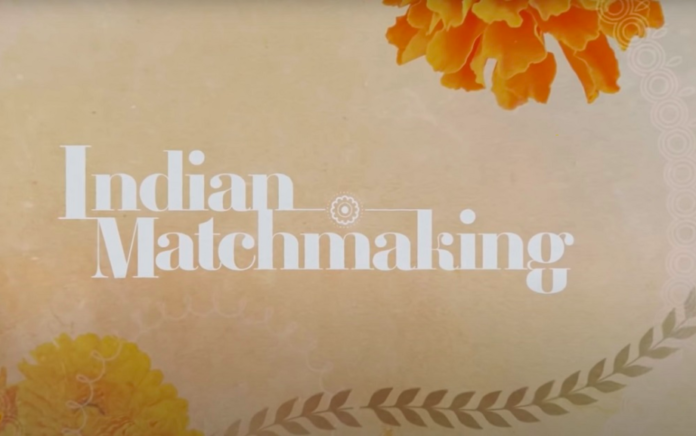“Indian Matchmaking” is an eight-episode series on Netflix capturing the experiences of wealthy Indian-Americans and Indians as they navigate the dating world with the help of matchmaker Sima Taparia.
Taparia begins her process by visiting her client’s house, asking them about their criteria for a spouse and, in general, getting a feel of who they are and what they want from life. After studying her client, she researches her client base and presents a few potential candidates. Then, the client picks one person for a first date. If the first date goes well, then the couples get to determine the path for their relationship. To sum it up, matchmaking is like a dating app, but with more steps and people involved.
In its essence, the show tries to rebrand the narrative of arranged marriages and correct the assumption that arranged marriages are interchangeable with forced marriages. However, in the process of doing so, it springs up other troublesome issues such as colourism, misogyny and wealth privilege.

Colourism
Taparia, the matchmaker, showed a very obvious preference for fair-skinned candidates as compared to darker Indians throughout the show. She said being fair was one of the qualities that would make it easier for a client to find a match.
This is not something uncommon in Indian society. Lighter skin is considered to be better than darker skin and lots of Indians try to achieve this. India is one of the largest consumers of skin whitening cosmetics with 50 per cent of its skincare market devoted to skin whitening, according to the World Health Organization (WHO).
In the context of arranged marriage, it wouldn’t come as a surprise that a 2018 SAGE publications study found that darker-skinned individuals are disadvantaged when looking for a spouse through arranged marriage as compared to lighter-skin peers.
Not showing colourism at all in the show would not be constructive or authentic because it’s not the truth. Instead, challenging the idea that lighter skin is better than darker skin on the show could be more helpful.
Because “Indian Matchmaking” is a reality TV show, I don’t expect to have an entire informative section on colourism. However, a comment by the participants challenging the idea or maybe just a participant citing their experience with it would’ve been a great way to acknowledge the pain it causes a lot of people.
For instance, the show did a good job at citing Tapari’s client Nadia’s plight. She’s Guyanese, but ethnically Indian and, as a result, has suffered from a lot of discrimination within the Indian community. She explained that even though she was ethnically Indian, men would often be put out by the fact that her parents were from Guyana. The show did a good job of handling casteism in this area, but failed to do so with colourism.

Misogyny
In Indian society, it’s very hard to evade misogyny. A 2018 Thompson Reuters Foundation survey found India was the most dangerous country for women due to high risk of sexual violence and forced slave labour. It’s only natural that the show is a little sexist.
In the more obvious sense of sexism, Indian bachelor Akshay said he wanted a traditional wife who would take care of their children, him and his family. He also spoke about how when he studied abroad, he did things like laundry and making his bed—things he said he would never do in India. His desire for a wife to take care of him shows how Indian society does not expect men to have household skills, but enforces gender norms by expecting women to.
As for more subtle sexism, Taparia asked her female clients to be more compromising, to not be so negative or to go to a life coach or an astrologer in order to fix certain qualities about themselves. It was shocking to see how often she would recommend these suggestions to her female clients as compared to her male clients. Only one male client was sent to a life coach and that was because he had rejected about 150 candidates. Most of the female clients that were asked to do so had genuinely been trying and had just been unlucky. The intention with these recommendations was to change who the women were as people, rather than guide them into healthy relationships.
Another instance of subtle misogyny was the portrayal of bachelorette Aparna—an unapologetic, ambitious and stubborn woman. When we first meet her, we’re only shown clips that would deem her as being crazy. However, in the rest of the show, she calms down and we see her as kind and fun-loving. The specific scenes shown in the beginning to portray her as a crazy lady who will never find love unless she changes is something commonly done to diminish successful women.
It’s very hard to ignore sexism in Indian society. The show wouldn’t feel as authentic without misogyny—it wouldn’t be portraying the real India. I would prefer overt sexism like Akshay’s because it’s easy to recognize and make fun of, compared to the show’s more subtle sexism that perpetuates gender norms and expectation. However, what I would truly prefer the most is for the show to challenge sexism and misogyny.

Wealth privilege
All the participants in this show came from well-to-do families with a lot of privilege. It’s important to acknowledge that not all Indians are fortunate enough to have a say in who they are marrying. Indians from lower-income households may also have to face ridiculous questions about their virginity or cooking and child-rearing skills, they may have to deal with dowry, they may have to stop working, they may have to marry someone older, the list goes on.
Not all Indians are as fortunate monetarily, and the narratives shown in “Indian Matchmaking” were very elitist and privileged. There’s inherently nothing wrong with having a reality show with exclusively privileged participants because reality television is supposed to be fun and light. However, we need to keep in mind that this is not the universal experience.

Representation
Regardless of all its flaws, the show gave the Indian community some much-needed representation—especially when it comes to reality TV. There are very few South Asian stars that are recognized as successful by mainstream Western media—even fewer on reality TV. “Indian Matchmaking” for the first time has given us a reality show that represents many Indian-Americans. It was also light enough that everyone in my family together to watch it. This might be very common in other families, but it’s truly rare in an Indian family with first-generation Canadians and immigrant parents.
The show has a lot of flaws which should be addressed in upcoming seasons. However, if the show is taken away from us because of these flaws, it would take away a lot of joy. The failings of “Indian Matchmaking” are not big enough that they can’t be corrected. If this show is cancelled, it might take us another decade to get another reality TV show with an Indian cast.
Featured image by Netflix.






